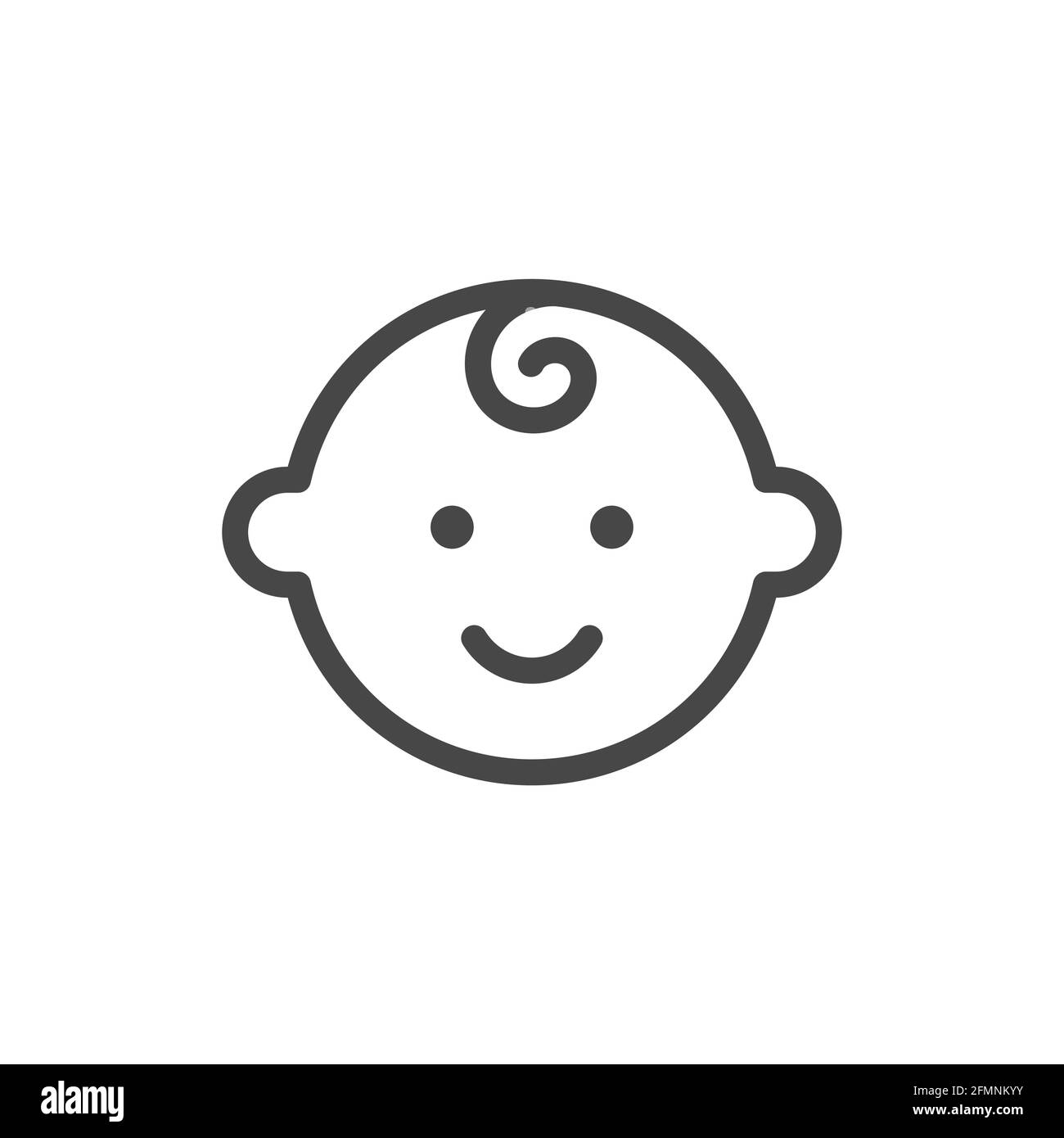So I’m thinking along the lines of this (volume warning)
But my two year old just did the same thing while “helping” to feed the dogs. She spilled a few pieces, looked at the mess, and then dumped out the rest of the cup. She exclaimed, “I make a mess” then picked up the pieces, put them back in the cup, and successfully poured it into the dog’s bowl. What breaks in their brain where the task doesn’t go according to plan so they make an even bigger mess?


Adults and even animals do this too. It’s a response to frustration. It’s what’s behind the “tear it down and rebuild it again from scratch” mindset. It stems from perfectionism and neuroticism. A good rule to teach kids is that mistakes are acceptable and nothing will ever be perfect. An existing partially good result is preferable than an inexistent perfect result. Enjoy and trust the process, ignore results for a while, learn from mistakes.
It’s also related to tolerance and flexibility. For example, some people find it intolerable to dirty up or scuff a newly bought item, let’s say a new car or new phone. Being overtly careful or even refusing to use it at all to avoid damage (how people also avoid doing things they fear they will fail at or be embarrassed). But come the first scratch, you now have to live with it. To survive the emotional response to frustration, our brain drops expectations and sometimes overcompensates exciting our aggression impulse.
This is why we recommend people certain exercises of pure exposition to frustration. Like those theater exercises that make you act ridiculous in front of the class, or thought dumping to get rid of writer’s block, or doodling to break in a new sketchbook. It’s like recalibrating emotional responses to be more flexible and tolerant of imperfections. To get comfortable with discomfort and learn to bounce back from failure.